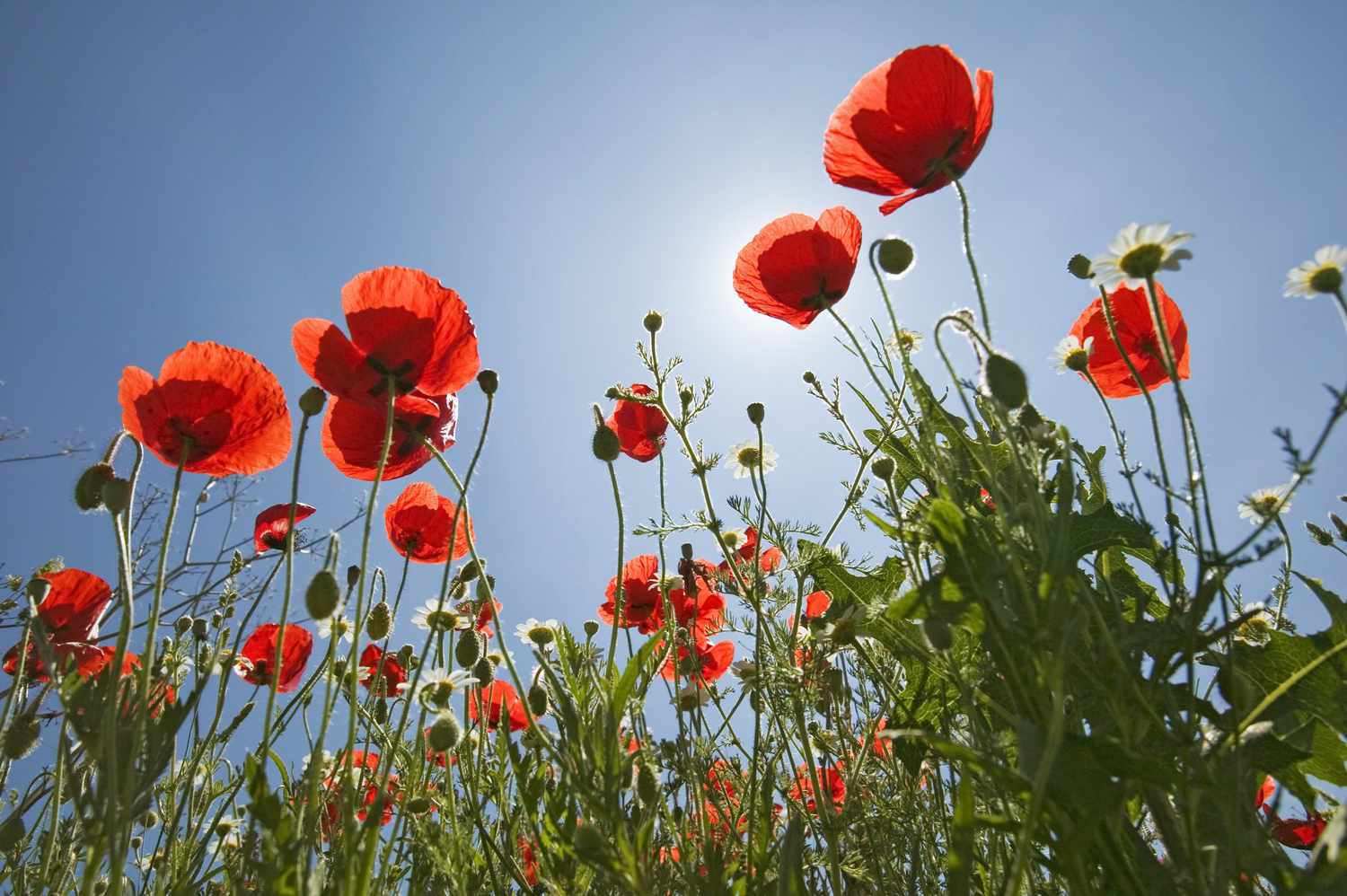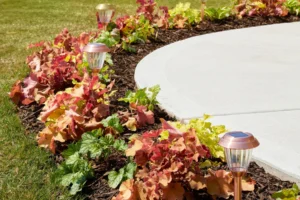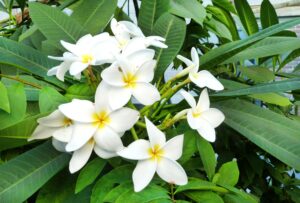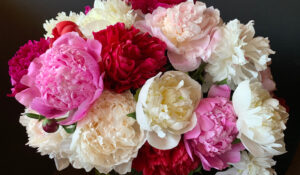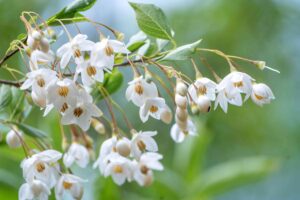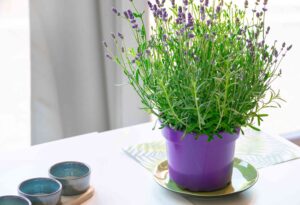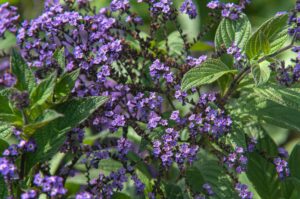Flowers That Will Thrive in Full Sun: A Complete Guide
Are you blessed with a garden that basks in sunlight throughout the day? Full sun areas—receiving at least 6 hours of direct sunlight daily—provide the perfect opportunity to grow a spectacular array of vibrant flowering plants. From drought-tolerant perennials to season-long bloomers, this guide will help you transform your sun-drenched garden into a colorful paradise that attracts pollinators and brings joy throughout the growing season.
Understanding Full Sun Conditions
Before diving into plant selection, it’s important to understand what constitutes “full sun” and how it affects your garden ecosystem.
What Qualifies as Full Sun?
Full sun refers to areas that receive at least 6 hours of direct, unfiltered sunlight daily. In the gardening world, this is typically broken down into:
- Partial sun/partial shade: 3-6 hours of direct sunlight
- Full sun: 6+ hours of direct sunlight
- Intense full sun: 8+ hours of direct sunlight, often with reflected heat from structures
The intensity and duration of sunlight your garden receives can vary based on:
- Geographic location (southern states receive more intense sunlight than northern regions)
- Seasonal changes
- Surrounding structures or trees that may cast shadows during certain parts of the day
According to the USDA Natural Resources Conservation Service, understanding your specific growing conditions is essential for successful plant selection and garden planning.
Sun-Related Challenges
Full sun areas present unique challenges:
- Higher soil temperatures
- Increased water evaporation
- Potential for soil moisture depletion
- Risk of leaf scorch during extreme heat waves
Fortunately, with proper plant selection and care practices, these challenges can be overcome, allowing your sun-loving flowers to thrive.
Best Full Sun Annual Flowers
Annual flowers complete their life cycle in one growing season, offering immediate impact and the flexibility to change your garden design yearly.
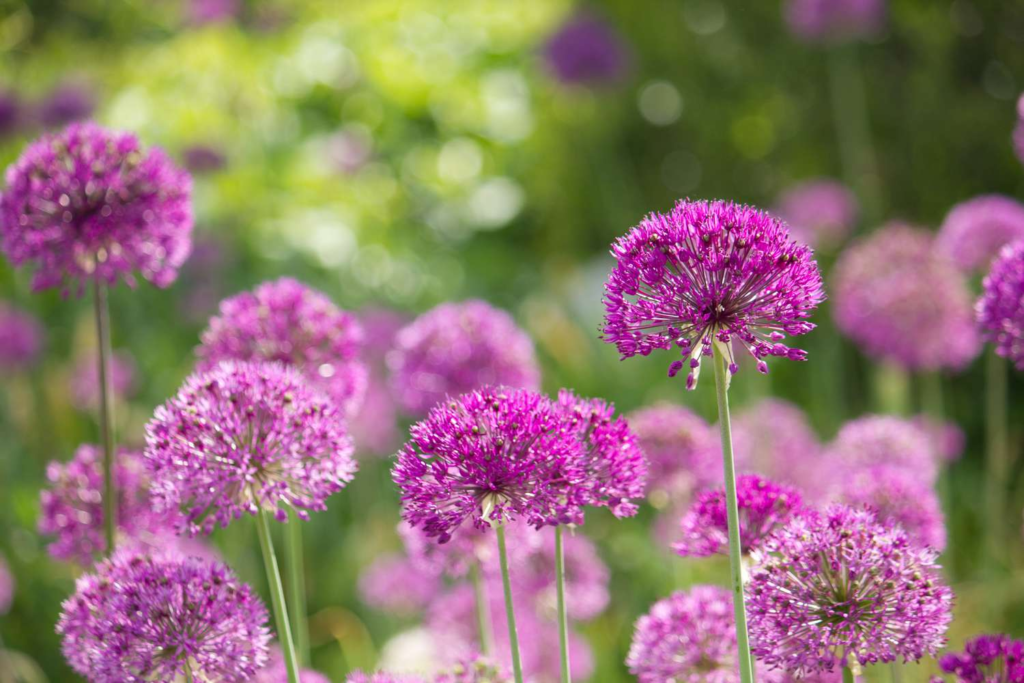
Top Performing Annuals for Sunny Spots
Colorful Classics
- Zinnias: These Mexican natives thrive in heat and bloom continuously from late spring until frost. Available in a rainbow of colors, they’re also excellent cut flowers.
- Marigolds: With their distinctive scent and golden-orange hues, marigolds add reliable color while naturally deterring certain garden pests.
- Sunflowers: From dwarf varieties to towering 12-foot specimens, sunflowers create dramatic vertical interest in any sunny border.
Heat-Resistant Specialties
- Portulaca (Moss Rose): These succulent-leaved beauties produce paper-like blooms in neon colors, thriving in hot, dry conditions where other annuals struggle.
- Lantana: Though perennial in zones 8-11, lantana is commonly grown as an annual elsewhere, offering butterfly-attracting blooms in multicolored clusters.
- Cosmos: These delicate-looking flowers belie their tough nature, sailing through heat and drought with minimal care while providing airy height to garden beds.
Caring for Annual Flowers in Full Sun
- Watering: While establishing, water deeply 2-3 times weekly rather than lightly every day to encourage deep root growth.
- Mulching: Apply 2-3 inches of organic mulch to retain soil moisture and regulate temperature.
- Deadheading: Remove spent blooms regularly to encourage continuous flowering throughout the season.
- Fertilizing: Apply a balanced, slow-release fertilizer at planting time, following up with liquid feed monthly.
Perennial Flowers for Long-Term Sun Gardens
Perennial flowers return year after year, forming the backbone of your garden design and reducing the need for yearly replanting.
Sun-Loving Perennials by Bloom Time
Spring Bloomers
- Bearded Iris: These architectural beauties come in virtually every color except true red, with dramatic blooms atop sword-like foliage.
- Peony: Though they appreciate morning sun with afternoon shade in very hot regions, peonies generally thrive in full sun conditions, producing massive, fragrant blooms.
- Baptisia (False Indigo): Native to North American prairies, these long-lived perennials produce lupine-like flower spikes followed by ornamental seed pods.
Summer Stars
- Echinacea (Coneflower): Beyond the classic purple variety, modern breeding has introduced coneflowers in white, yellow, orange, red, and bicolors.
- Rudbeckia (Black-Eyed Susan): These native wildflowers are virtually indestructible, blooming prolifically from mid-summer into fall.
- Salvia: Both annual and perennial varieties thrive in full sun, offering spikes of typically blue, purple, or red flowers that attract hummingbirds and butterflies.
Fall Bloomers
- Asters: These daisy-like flowers provide crucial late-season nectar for pollinators and come in shades of purple, pink, blue, and white.
- Sedum ‘Autumn Joy’: Succulent foliage is topped with broad flower heads that transition from pale pink to rusty red as fall progresses.
- Helenium (Sneezeweed): Despite the name, these don’t cause allergies but instead offer daisy-like blooms in rich autumn hues.
Establishing Perennials in Full Sun
- Planting time: Early spring or fall (when temperatures are cooler) is ideal for establishing perennials.
- First-year care: Even drought-tolerant perennials need regular watering during their first year while establishing root systems.
- Division: Most sun-loving perennials benefit from division every 3-5 years to maintain vigor and prevent overcrowding.
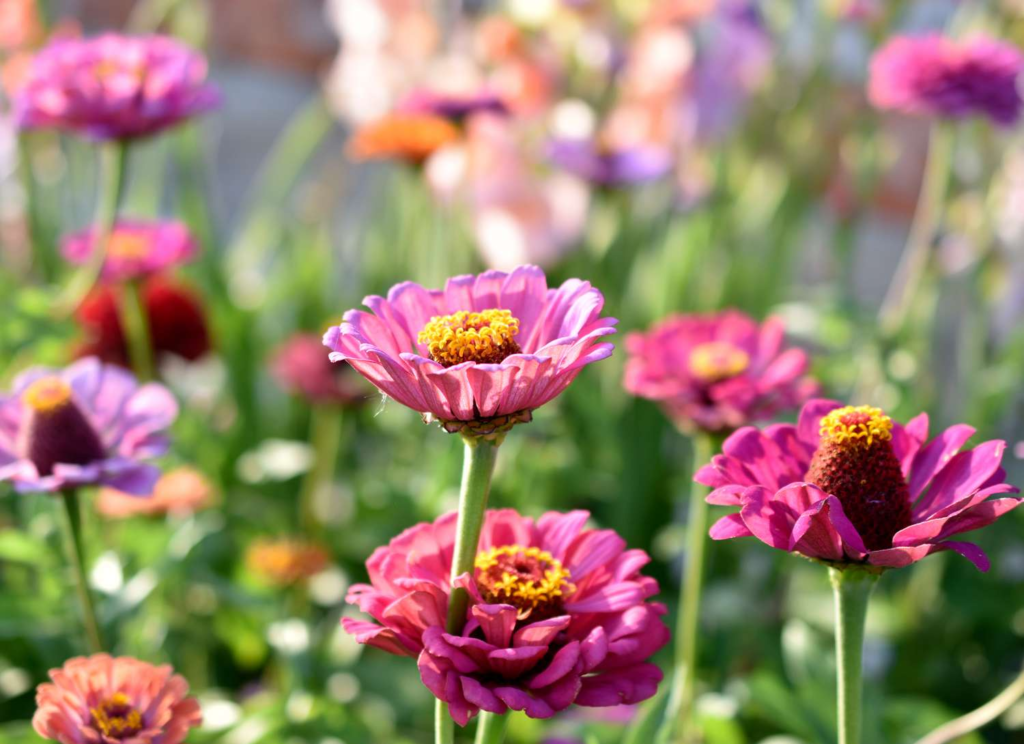
Native Sun-Loving Flowers for Sustainable Gardens
Native flowers are adapted to local conditions, typically requiring less water and maintenance while supporting local pollinators and wildlife.
Regional Native Sun-Lovers
Northeast/Midwest
- Butterfly Weed (Asclepias tuberosa): Essential for monarch butterflies, this milkweed species produces vibrant orange flower clusters.
- Prairie Blazing Star (Liatris spicata): Tall purple flower spikes create vertical interest and attract numerous butterfly species.
- Wild Bergamot (Monarda fistulosa): This native mint family member produces lavender flowers that attract bees, butterflies, and hummingbirds.
Southeast
- Blanket Flower (Gaillardia): These daisy-like blooms in red and yellow thrive in the heat and humidity of southern gardens.
- Carolina Jessamine: This native vine produces fragrant yellow flowers and can be trained up trellises or allowed to scramble as a groundcover.
- Stokes’ Aster (Stokesia laevis): This southeastern native produces cornflower-like blooms in blue, white, or purple.
Southwest/West
- California Poppy: These iconic orange blooms thrive in poor, dry soils and reseed readily.
- Penstemon: With over 250 species native to North America, many penstemons are perfectly adapted to hot, dry western conditions.
- Desert Marigold: These tough native plants produce bright yellow flowers against silvery foliage, even in challenging desert conditions.
Sun-Loving Flowers for Specific Garden Needs
Different garden situations call for specialized plant selections that can handle specific challenges while thriving in full sun.
Flowers for Challenging Sites
Drought-Tolerant Champions
- Lavender: Mediterranean herbs like lavender not only survive but thrive in hot, dry conditions once established.
- Yarrow: Available in colors from white to deep red, these flat-topped flowers handle heat and poor soil with ease.
- Russian Sage: Silver foliage and lavender-blue flower spikes create a hazy purple cloud in the garden, all while withstanding brutal heat.
Clay Soil Survivors
- Coreopsis: These cheery yellow or bicolor daisies adapt to clay soil while blooming for months.
- Day Lilies: Nearly indestructible, daylilies manage clay soil while offering a huge range of colors and bloom times.
- Bee Balm (Monarda): These fragrant, pollinator-friendly flowers adapt to clay while adding vibrant color to the summer garden.
Salt-Tolerant Options for Coastal Gardens
- Sea Thrift (Armeria): These compact perennials produce lollipop-like pink or white flowers above grassy tufts of foliage.
- Beach Sunflower: Native to coastal areas, these spreading sunflowers handle salt spray and poor, sandy soil.
- Blanket Flower: These tough natives thrive in coastal conditions where many other plants struggle.
Flowers for Special Purposes
Cut Flower Garden Stars
- Dahlias: From dinner-plate size to pompoms, dahlias produce abundant blooms for cutting from mid-summer until frost.
- Gladiolus: These classic cutting garden spikes add vertical interest and come in virtually every color.
- Snapdragons: Though they appreciate afternoon shade in the hottest climates, snapdragons generally flourish in full sun, providing tall spikes for cutting.
Pollinator Magnets
- Bee Balm: The tubular flowers are irresistible to hummingbirds, while butterflies and bees visit for nectar.
- Coneflowers: The central cone provides a landing pad for bees, while the flower’s nectar attracts butterflies.
- Anise Hyssop: This mint family member produces lavender flower spikes that seem perpetually covered with bees.
Flowering Shrubs for Full Sun
For structure and multi-season interest, flowering shrubs provide the perfect foundation for sun-drenched garden areas.
Deciduous Flowering Shrubs
- Butterfly Bush (Buddleia): True to its name, this fast-growing shrub attracts butterflies with its honey-scented flower cones.
- Rose of Sharon (Hibiscus syriacus): These late-summer bloomers produce hollyhock-like flowers when many other shrubs have finished blooming.
- Bluebeard (Caryopteris): Blue flowers in late summer attract pollinators, while the aromatic foliage deters deer.
Evergreen Options
- California Lilac (Ceanothus): These West Coast natives produce clouds of blue flowers against glossy evergreen foliage.
- Rosemary: In warmer regions, this culinary herb grows into a substantial shrub covered with blue flowers in spring.
- Yucca: Architectural evergreen foliage is complemented by dramatic white flower spikes in summer.
Comparison of Popular Full Sun Flowers
| Flower | Height | Bloom Time | Water Needs | USDA Zones | Special Features |
|---|---|---|---|---|---|
| Zinnia | 6″-48″ | Summer-Fall | Moderate | Annual | Excellent cut flower, attracts butterflies |
| Echinacea | 18″-36″ | Summer | Low-Moderate | 3-9 | Medicinal properties, long-lasting blooms |
| Lavender | 12″-36″ | Summer | Low | 5-9 | Fragrant, deer resistant, drought tolerant |
| Daylily | 12″-36″ | Summer | Moderate | 3-9 | Adaptable to most soils, many reblooming varieties |
| Black-Eyed Susan | 24″-36″ | Summer-Fall | Low-Moderate | 3-9 | Native wildflower, self-seeds readily |
| Russian Sage | 36″-48″ | Summer-Fall | Low | 4-9 | Deer resistant, drought tolerant, silvery foliage |
| Salvia | 18″-48″ | Summer | Low-Moderate | 4-10 | Attracts hummingbirds, aromatic foliage |
| Sedum | 6″-24″ | Late Summer-Fall | Low | 3-9 | Succulent foliage, winter interest |
| Blanket Flower | 12″-24″ | Summer-Fall | Low | 3-10 | Salt tolerant, long bloom period |
| Butterfly Bush | 48″-96″ | Summer-Fall | Low-Moderate | 5-9 | Attracts butterflies, fragrant flowers |
Design Tips for Full Sun Gardens
Creating a successful garden in full sun goes beyond simply choosing the right plants; thoughtful design enhances both beauty and functionality.
Creating Continuous Bloom
Plan your garden for non-stop color by selecting plants with sequential bloom times:
- Early spring: Bearded iris, peonies, dianthus
- Late spring/early summer: Salvia, coreopsis, yarrow
- Mid-summer: Echinacea, daylilies, bee balm
- Late summer/fall: Asters, sedum, goldenrod
Include plants with attractive foliage (like ornamental grasses or silver-leaved plants) that look good even when not in bloom.
Color Combinations for Impact
- Complementary colors (opposite on the color wheel) create vibrant contrast: purple salvia with yellow coreopsis, or orange California poppies with blue bachelor’s buttons.
- Analogous colors (adjacent on the color wheel) create harmonious schemes: yellows, oranges, and reds in a “hot” border, or blues, purples, and pinks for a cooler look.
- Monochromatic schemes using various shades of one color create sophisticated, cohesive displays.
Practical Design Considerations
- Plant height: Position taller plants on the north side of beds to avoid shading shorter plants.
- Maintenance zones: Group plants with similar water and care needs together for efficient garden management.
- Succession planting: Interplant spring bulbs with later-emerging perennials to maximize space and extend seasonal interest.
- Structural elements: Incorporate hardscaping like stone walls, which can provide afternoon shade for plants that appreciate relief from intense late-day sun.

Seasonal Care for Sun-Loving Flowers
Maintaining a beautiful full-sun garden requires adjusting your care routine throughout the growing season.
Spring Care
- Soil preparation: Incorporate organic matter like compost before planting to improve moisture retention.
- Dividing and transplanting: Early spring (before hot weather) is ideal for dividing overgrown perennials.
- Mulching: Apply fresh mulch after soil warms to conserve moisture and suppress weeds.
- Staking: Install supports for tall plants before they need them—it’s much harder once plants are in active growth.
Summer Maintenance
- Watering strategy: Water deeply but infrequently—1-2 inches per week including rainfall—to encourage deep root growth.
- Morning watering: Irrigate early in the day to reduce evaporation and prevent foliar diseases.
- Deadheading: Remove spent blooms regularly to encourage continued flowering and prevent self-seeding of invasive species.
- Heat protection: During extreme heat waves, consider providing temporary shade with shade cloth for vulnerable plants.
Fall Preparation
- Selective cleanup: Leave some seed heads for winter interest and wildlife food, particularly coneflowers, black-eyed Susans, and ornamental grasses.
- Dividing fall-blooming perennials: Wait until spring to divide these, focusing instead on spring and summer bloomers.
- Reduce watering: As temperatures cool, most established perennials need less supplemental irrigation.
- No late fertilizing: Avoid stimulating tender new growth that could be damaged by frost.
Conclusion: Creating Your Full Sun Paradise
With thoughtful plant selection and proper care, your sun-drenched garden space can become a showstopping display of color and texture throughout the growing season. By incorporating a mix of annuals for immediate impact, perennials for long-term structure, and native plants for sustainability, you’ll create a resilient garden that thrives in challenging full-sun conditions.
Remember that even sun-loving plants benefit from consistent care—particularly watering during establishment and extreme heat. By understanding your specific site conditions and selecting appropriate plants, you’ll create a low-maintenance garden that brings joy and attracts beneficial wildlife season after season.
Whether you’re creating a pollinator haven, a cutting garden, or simply a beautiful landscape to enjoy, the impressive variety of sun-loving flowers available ensures you’ll find perfect options for your gardening goals. With this guide in hand, you’re well-equipped to transform that sunny spot into the garden of your dreams.
